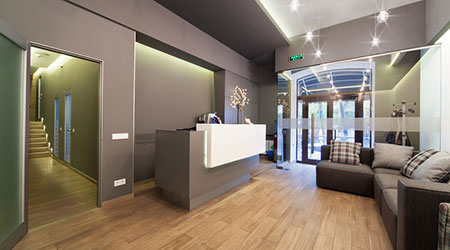In healthcare, interior design has moved beyond just materials to consider elements like wayfinding, biophilia, natural light, and more, according to an article from Building Operating Management on the FacilitiesNet website.
Even more important, however, is to think about how those elements combine to create a healing experience for patients, visitors, and staff. That experience is driven most by four factors — people, process, place, and technology — all of which have an impact on interior design.
For instance, an outstanding experience is one that uniquely responds to the physical, cognitive, and emotional needs of the diverse population of users who experience a space, which, in a healthcare environment, typically means patients, family, and staff.
Healthcare environments should address those needs in a way that is supportive, enabling, inspiring, and dignifying.

 Building Sustainable Healthcare for an Aging Population
Building Sustainable Healthcare for an Aging Population Froedtert ThedaCare Announces Opening of ThedaCare Medical Center-Oshkosh
Froedtert ThedaCare Announces Opening of ThedaCare Medical Center-Oshkosh Touchmark Acquires The Hacienda at Georgetown Senior Living Facility
Touchmark Acquires The Hacienda at Georgetown Senior Living Facility Contaminants Under Foot: A Closer Look at Patient Room Floors
Contaminants Under Foot: A Closer Look at Patient Room Floors Power Outages Largely Driven by Extreme Weather Events
Power Outages Largely Driven by Extreme Weather Events